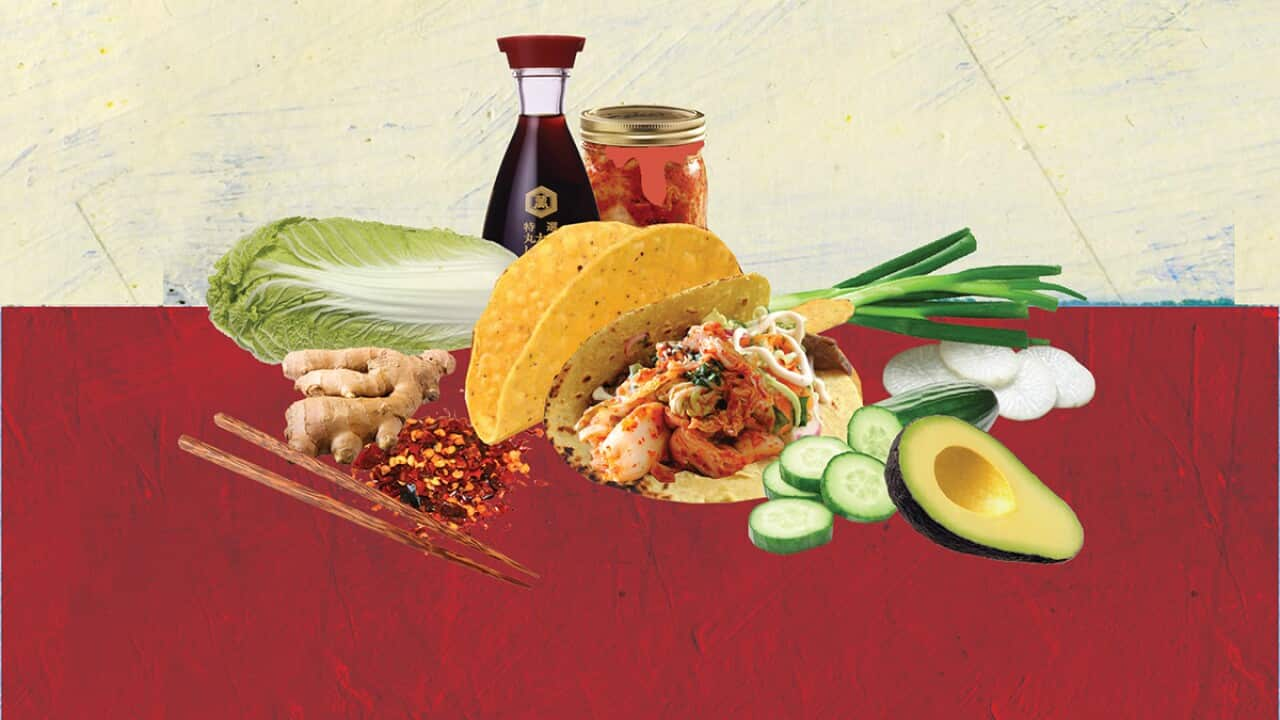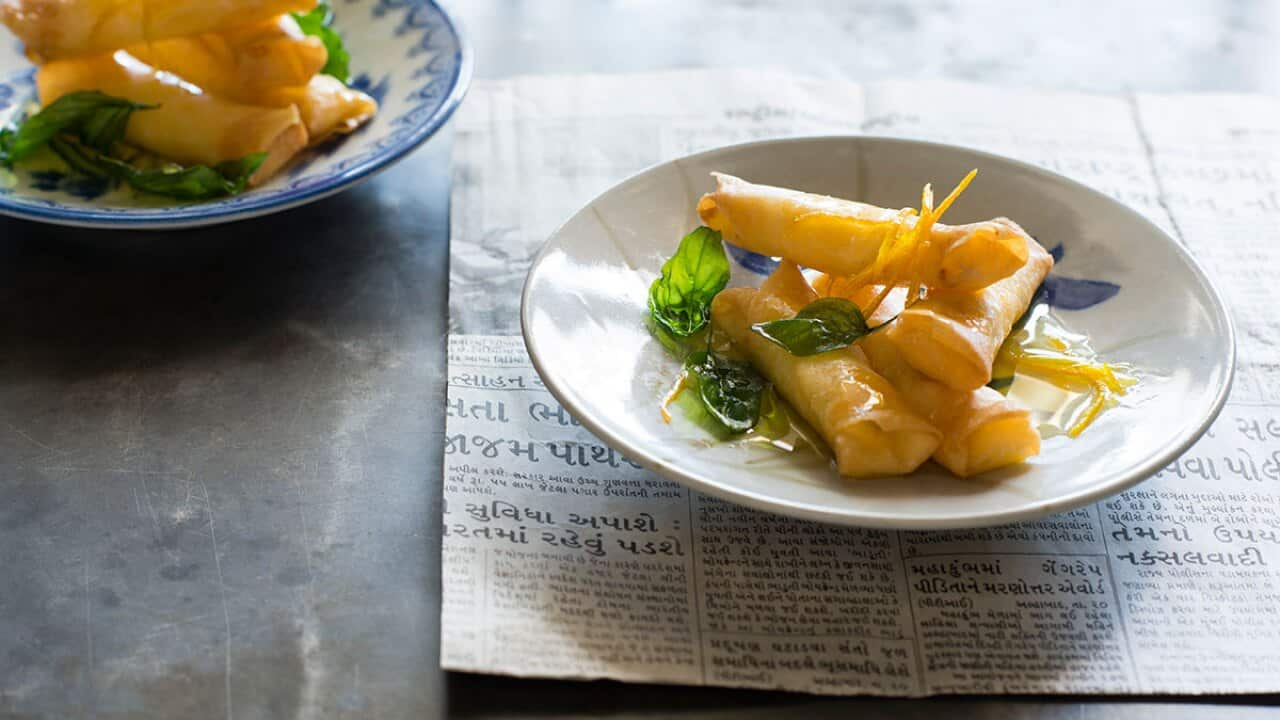The words we use to describe food are always changing. Menus that once touted ‘trios’ of salmon and ‘textures’ of coconut now helpfully remind us that the yolky thing oozing on our salad is a ‘hen’s egg’, and that some kind of ‘artisan’ may have had a go at making the jam we put our toast this morning.
One food word whose stocks must be surely be at an all-time low in Australia is the once tragically hip, ‘fusion’.
‘Fusion’ has all but disappeared from the vocabulary of Australian food, and it’s an absence that’s perhaps odd considering our food is now more ‘fusion’ than it ever has been.
Across the country, Asian, European and American flavours blend across the menus of any number of modern restaurants. Young chefs who, if born a decade or two earlier might have grown up on a steady diet of meat and three veg with spaghetti Bolognese every Tuesday, are now as familiar with Vietnamese noodles, Thai herbs and Cantonese dumplings as they might be with British roast beef, Italian pasta and the smoke of an American barbecue.
Fusion’s exile from the newspeak of Australian food has little to do with a revival of classicism. Far from it. As a word, its only crime is that it reminds us of our rebellious and awkward teenage years, when Australian food was in the process of throwing off the rules of its European parents and opening itself to new ideas that were coming predominantly from Asia. A time when creativity meant smashing two things you didn’t really understand together, and then sitting back and seeing what happened.
It might have been exciting and groundbreaking in the eighties and nineties, but today the fusion food of the past is as cringe-worthy as looking back at what we wore to our Year 12 formal.
The words we use tell us a lot about who we are and how we think, and Australian food is finally talking like it means business.
In the past we might have been comfortable deferring to other nations as we borrowed from here or there – hamburgers were American, sweet and sour pork was Chinese, and carbonara was Italian, despite our own carbonara bearing little resemblance to anything you might have found in Rome. We liked it that way, and felt better knowing that we could play with someone else’s toys and just walk away if we broke them.
But now there is a new confidence in Australian food that has us claiming the food we eat as our own, effectively stripping the nationality from anything that arrives here.
In modern Australia, Mexico doesn’t own tacos any more than Korea owns the kimchi we love putting in them, nor does the USA get much credit from us for giving us the idea in the first place. We’re mature enough now to make an Australian hamburger without feeling the need to put a degrading slice of beetroot on it every time.
Like third-generation migrants, the diverse influences in our food are just becoming part of the furniture – the new normal. We might remember where we came from, but we’re not likely to be heading back there anytime soon. Meat pies, pasta, laksa, and kimchi aren’t even imports anymore. They’re just colours in an ever-expanding paint box of Australian flavours that we feel comfortable owning.
‘Fusion’ may just be one word, but in the conversation of Australian food its exile means so much more. It’s a signpost showing us we’re heading in our own direction, and while we’ve still got a way to go perhaps Australian food is finally coming of age.






